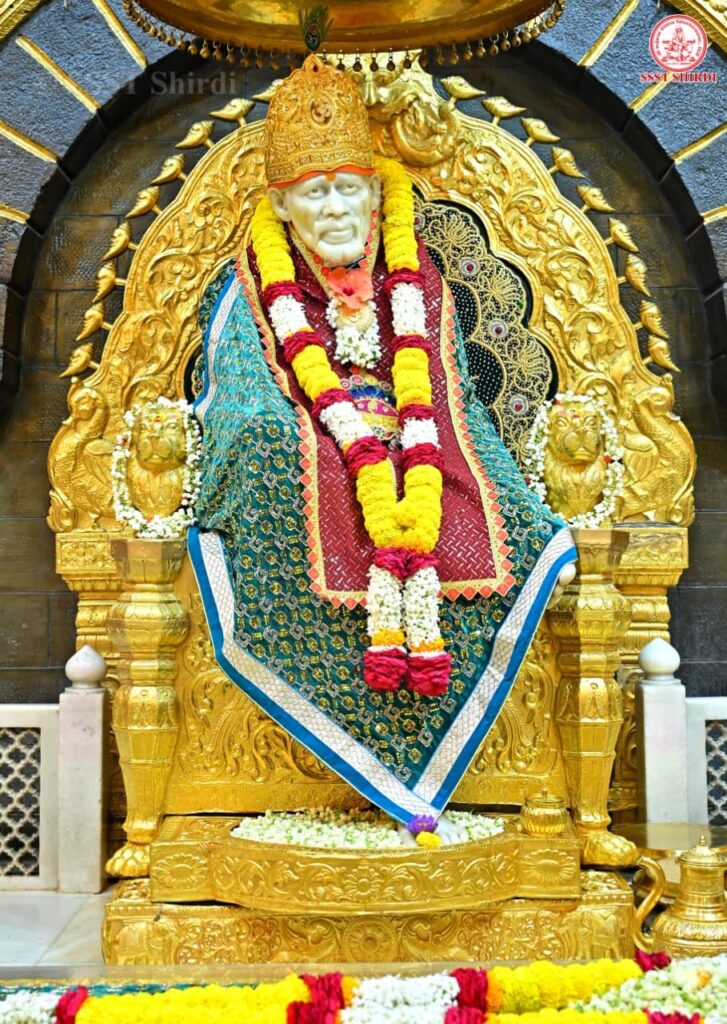
The Life and Legacy of Shirdi Sai Baba
By Lokanath Mishra
Shirdi Sai Baba, a revered Indian spiritual master, lived a life of simplicity, compassion, and devotion to God. Born around 1838, his early life remains shrouded in mystery, but his impact on the lives of millions is undeniable.
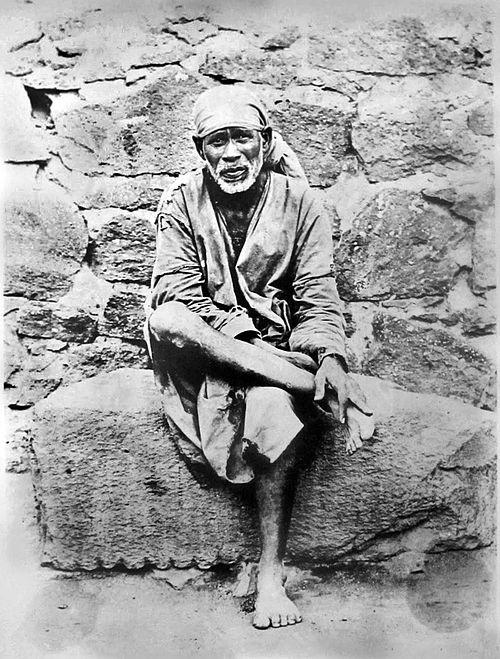
Sai Baba’s teachings emphasized the importance of self-realization, love, forgiveness, and devotion to God. He preached that one’s focus should be on the eternal and spiritual, rather than the perishable and material. His message transcended religious boundaries, attracting followers from both Hindu and Muslim faiths.
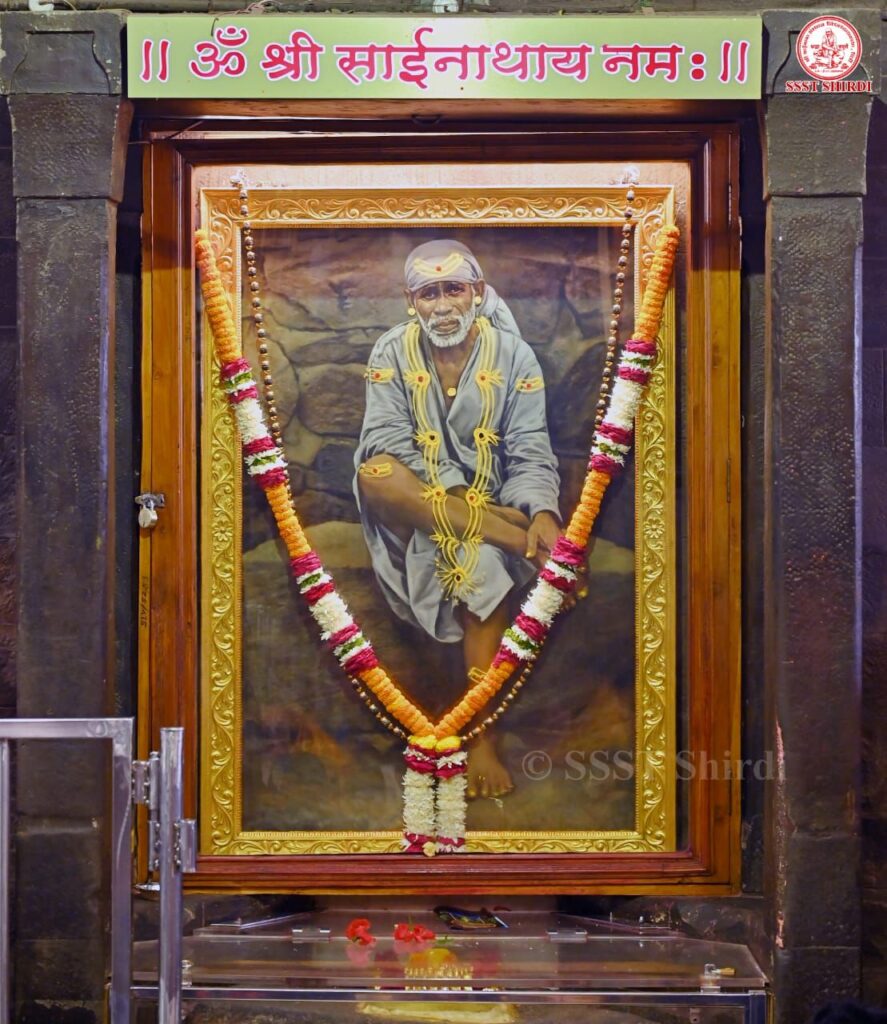
The village of Shirdi, in the Ahmednagar district of Maharashtra, India, became Sai Baba’s home, where he lived a life of asceticism and meditation. His presence in the village was met with both curiosity and skepticism, but he eventually won over the hearts of the villagers with his kindness and wisdom.
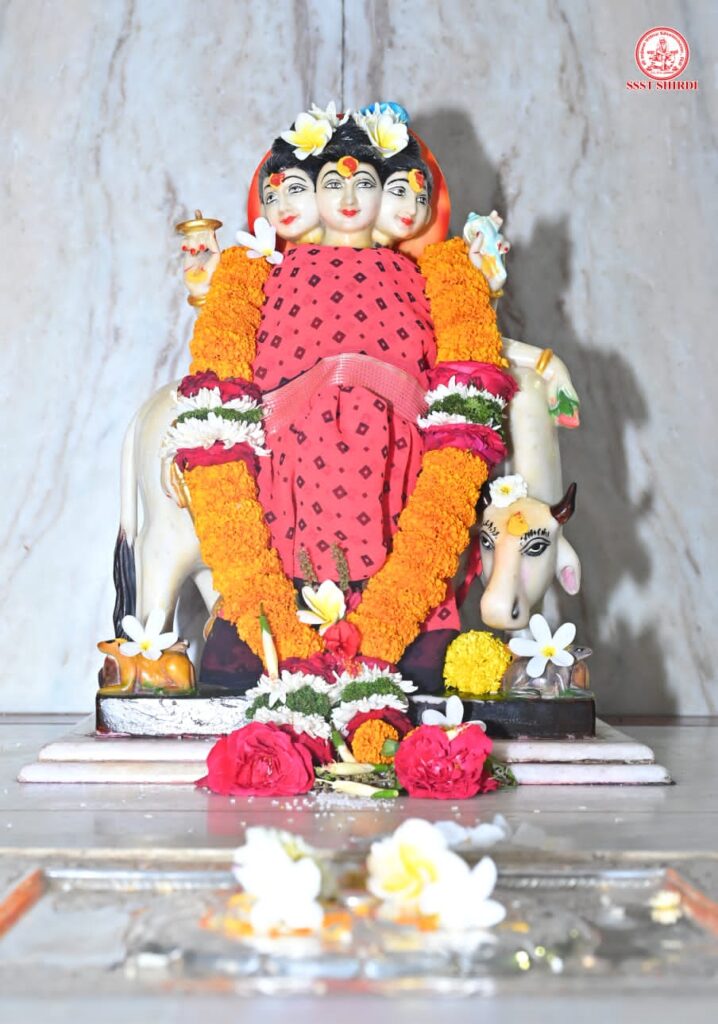
Sai Baba’s daily routine consisted of meditation, prayer, and service to others. He would often spend hours sitting under a neem tree, deep in contemplation. His teachings were simple yet profound, and he used parables, symbols, and allegories to convey his message.
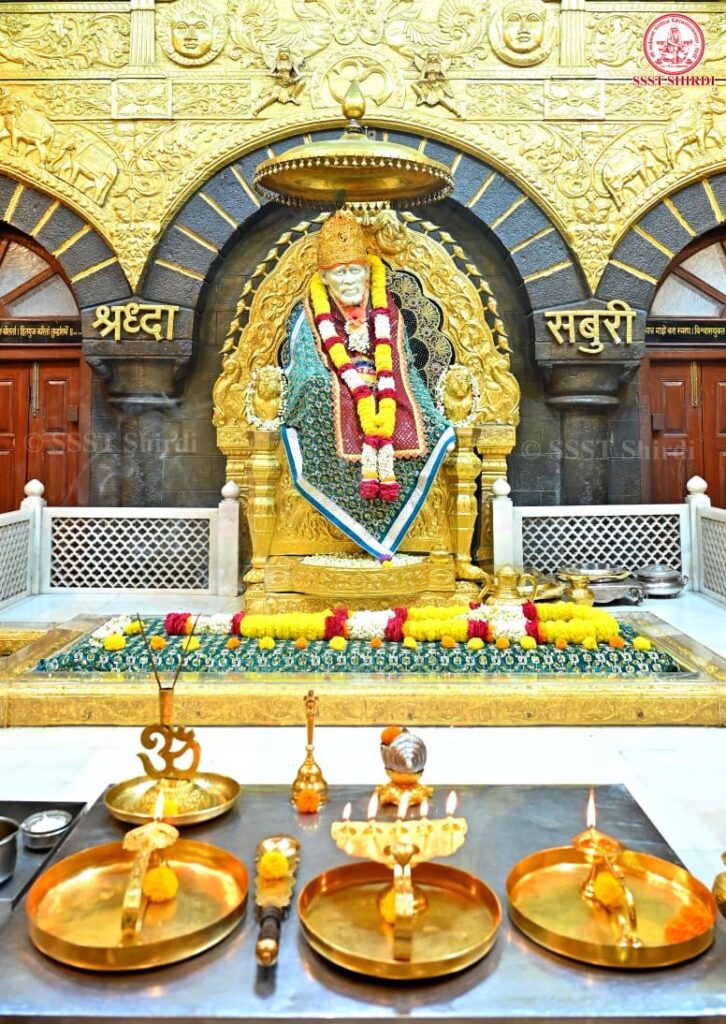
One of the most distinctive aspects of Sai Baba’s life was his dress. He wore a knee-length one-piece kafni robe and a cloth cap, typical of Sufi attire. This choice of clothing contributed to his identification as a Muslim fakir, which initially sparked hostility from some Hindu villagers.
Despite the challenges he faced, Sai Baba’s fame began to spread in the early 20th century, attracting devotees from all over India. His message of love, compassion, and self-realization resonated deeply with people from all walks of life.
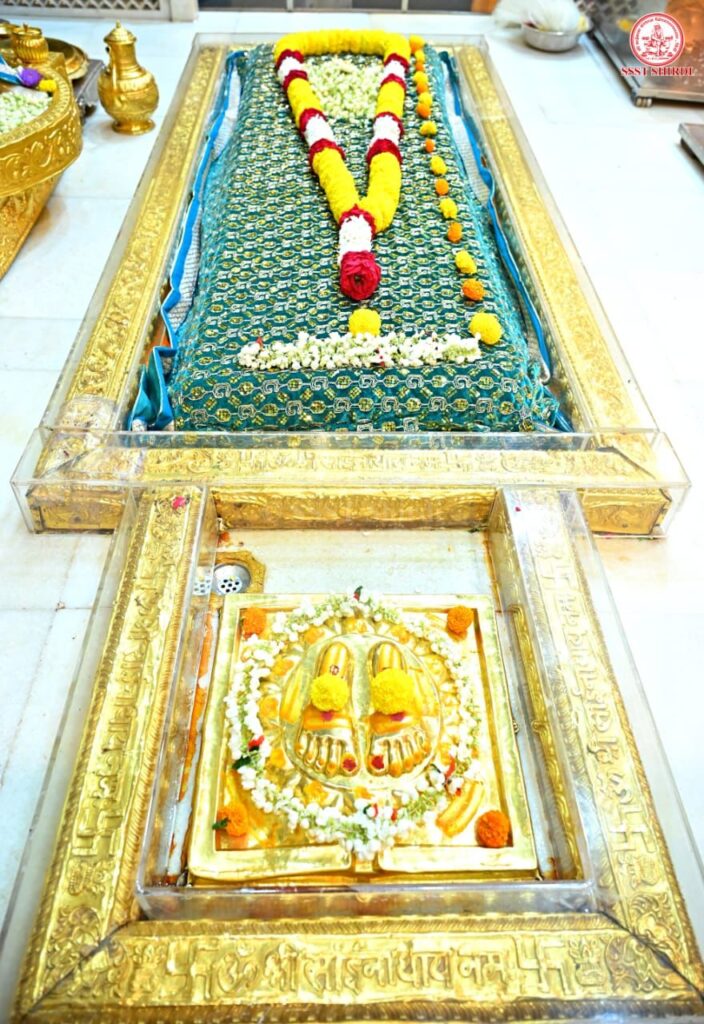
In his final years, Sai Baba’s health began to decline, and he passed away on October 15, 1918, coinciding with the Vijayadashami festival. His remains were interred at Buti Wada in Shirdi, which has since become a sacred pilgrimage site, known as the Shree Samadhi Mandir or Shirdi Sai Baba Temple.
Today, Shirdi Sai Baba’s legacy continues to inspire millions of people around the world. His teachings remind us of the importance of living a simple, compassionate, and devoted life, and his example encourages us to cultivate love, forgiveness, and self-awareness.
The Life and Legacy of Shirdi Sai Baba
Shirdi Sai Baba, a revered Indian spiritual master, lived a life of simplicity, compassion, and devotion to God. Born around 1838, his early life remains shrouded in mystery, but his impact on the lives of millions is undeniable.
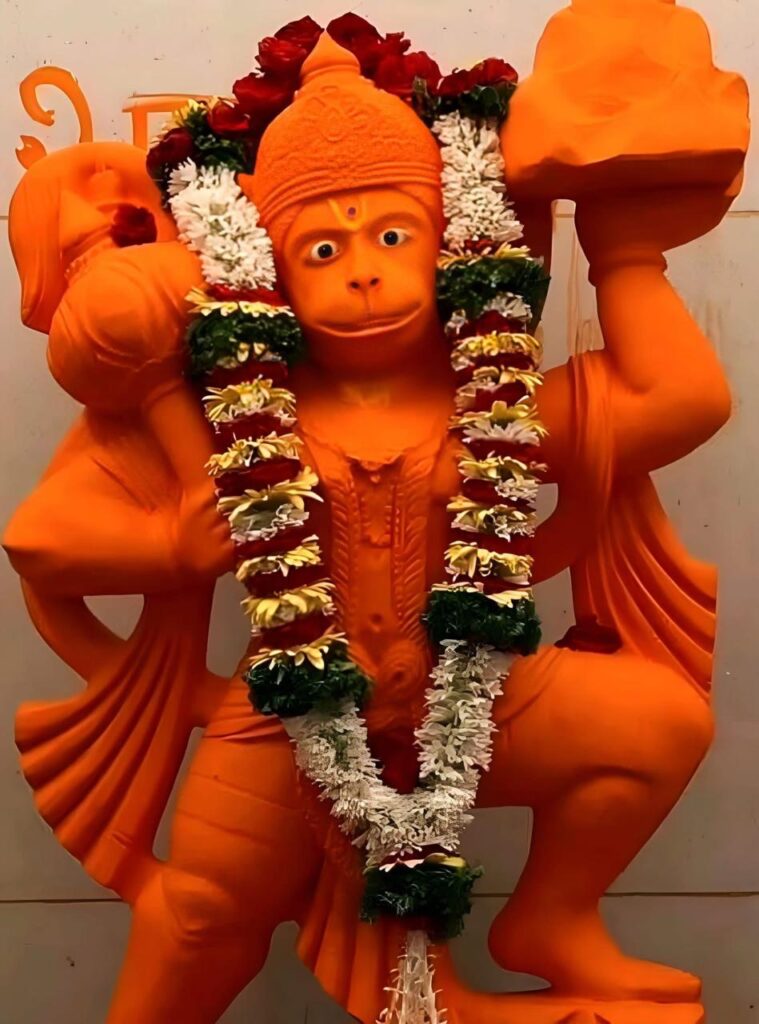
Sai Baba’s teachings emphasized the importance of self-realization, love, forgiveness, and devotion to God. He preached that one’s focus should be on the eternal and spiritual, rather than the perishable and material. His message transcended religious boundaries, attracting followers from both Hindu and Muslim faiths.
The village of Shirdi, in the Ahmednagar district of Maharashtra, India, became Sai Baba’s home, where he lived a life of asceticism and meditation. His presence in the village was met with both curiosity and skepticism, but he eventually won over the hearts of the villagers with his kindness and wisdom.
Sai Baba’s daily routine consisted of meditation, prayer, and service to others. He would often spend hours sitting under a neem tree, deep in contemplation. His teachings were simple yet profound, and he used parables, symbols, and allegories to convey his message.
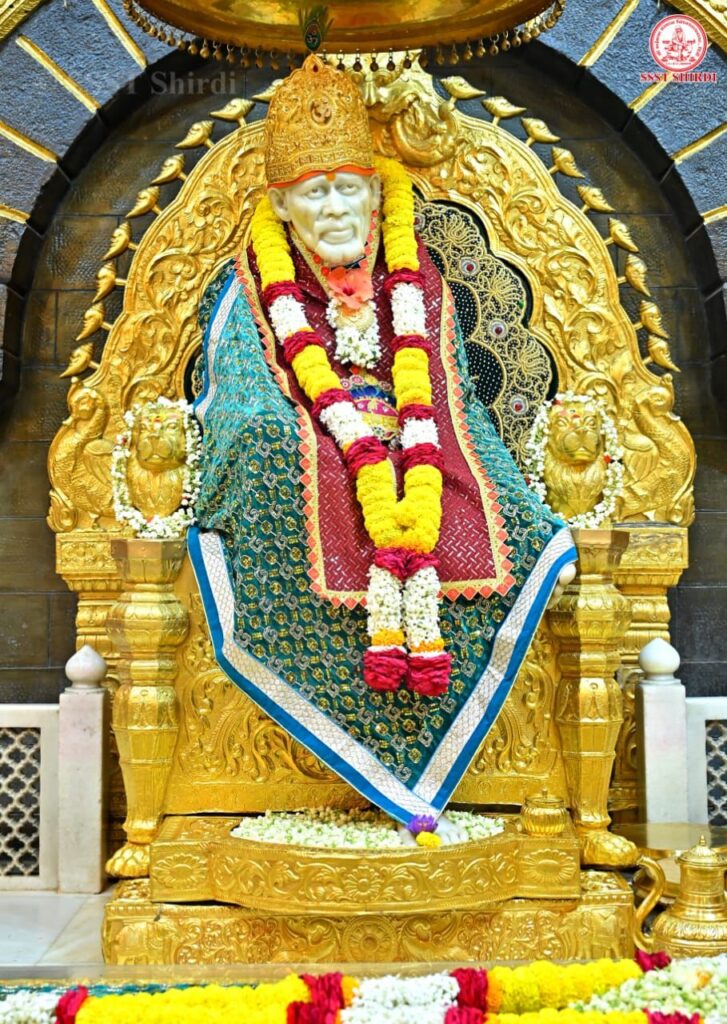
One of the most distinctive aspects of Sai Baba’s life was his dress. He wore a knee-length one-piece kafni robe and a cloth cap, typical of Sufi attire. This choice of clothing contributed to his identification as a Muslim fakir, which initially sparked hostility from some Hindu villagers.
Despite the challenges he faced, Sai Baba’s fame began to spread in the early 20th century, attracting devotees from all over India. His message of love, compassion, and self-realization resonated deeply with people from all walks of life.
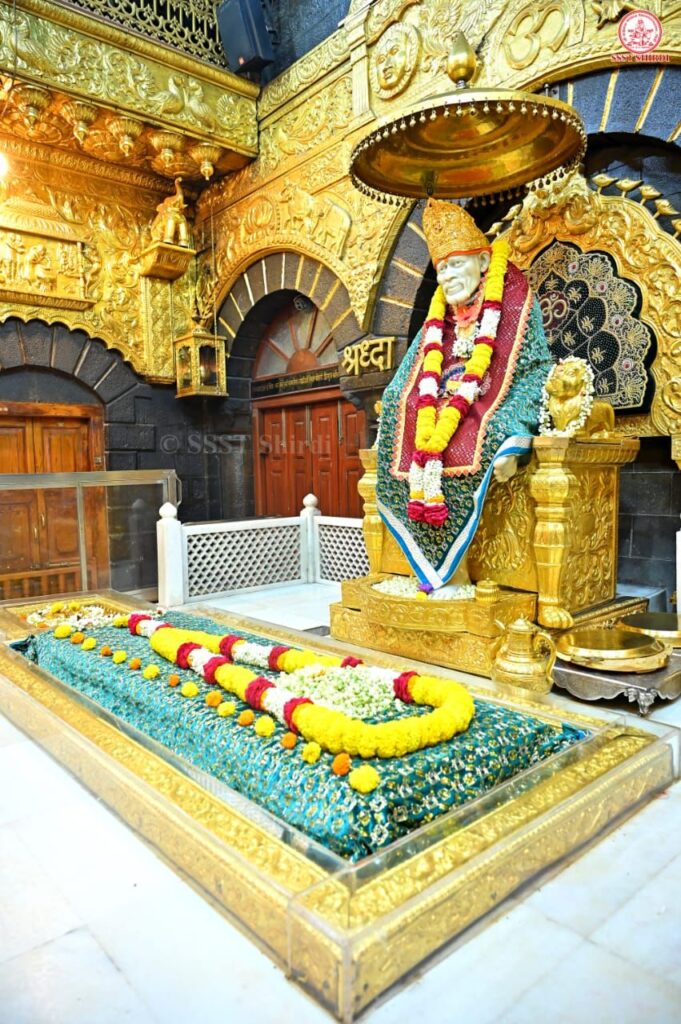
In his final years, Sai Baba’s health began to decline, and he passed away on October 15, 1918, coinciding with the Vijayadashami festival. His remains were interred at Buti Wada in Shirdi, which has since become a sacred pilgrimage site, known as the Shree Samadhi Mandir or Shirdi Sai Baba Temple.

Today, Shirdi Sai Baba’s legacy continues to inspire millions of people around the world. His teachings remind us of the importance of living a simple, compassionate, and devoted life, and his example encourages us to cultivate love, forgiveness, and self-awareness.

